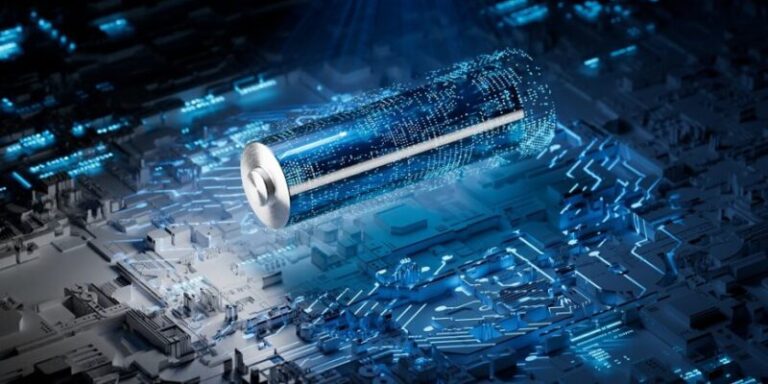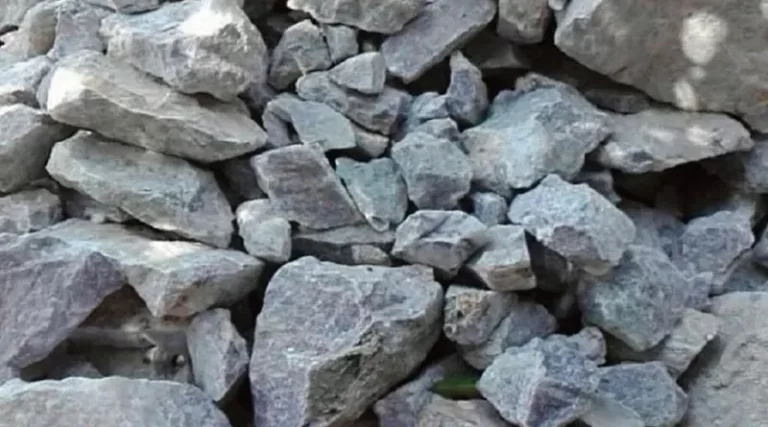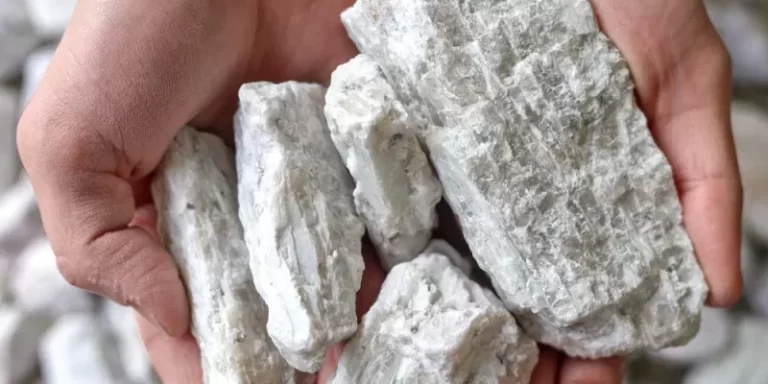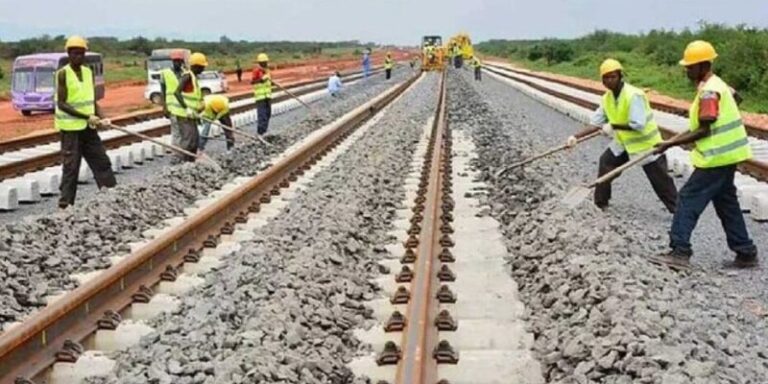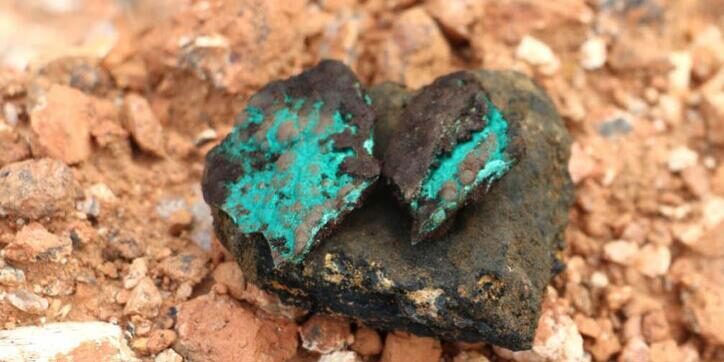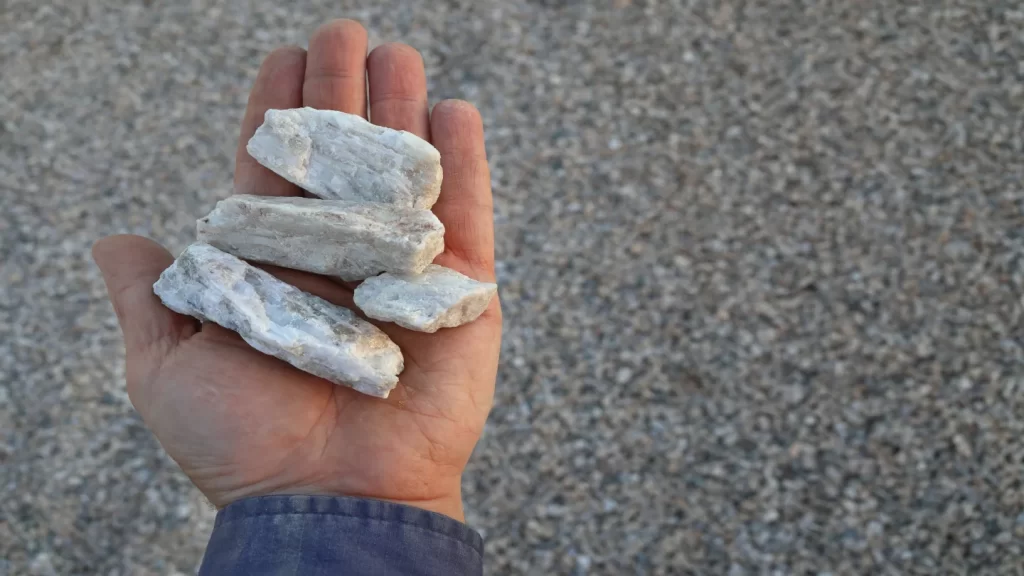
Australia’s largest pure-play lithium miner, Pilbara Minerals, reported a modest 3% increase in average realised lithium prices for the December quarter, reaching $700 per tonne.
However, CEO Dale Henderson cautioned that it is too early to assess whether this price rise signals a substantial market correction.
Speaking with analysts, Henderson acknowledged the small increase as encouraging but emphasized the uncertainty still present in the market.
“While a price uptick is positive, it’s still early, and there is significant uncertainty, so it’s too soon to conclude a market correction,” he stated.
In the December quarter, Pilbara produced 188,000 tonnes of lithium, a 14% decrease from the prior quarter due to the transition to its P850 operating model.
Unit operating costs rose by 2% to A$621 per tonne, largely driven by lower sales volumes and ramp-up expenses. Revenue increased by 3%, totaling A$216 million, thanks to the higher prices.
The company is confident that its P850 model will lead to a cash flow improvement of approximately A$200 million in the 2025 financial year.
As part of this shift, Pilbara placed the Ngungaju processing plant into care and maintenance, a transition Henderson described as seamless.
Pilbara’s expansion projects are advancing as scheduled. The P1000 project, designed to enhance production capacity, remains on track and within budget, with wet commissioning currently underway. The P2000 feasibility study is also progressing, with results expected by year-end.
In response to analysts’ concerns about competition from lower-cost South American brine lithium projects, Henderson reaffirmed Pilbara’s confidence in its hard rock spodumene strategy.
He stressed the importance of high-quality assets for long-term success, highlighting that the best assets – whether brine or hard rock – lie on the left side of the cost curve.
Henderson also noted the challenges associated with producing low-cost brine lithium and suggested that the cost curve for new brine projects is still evolving.


